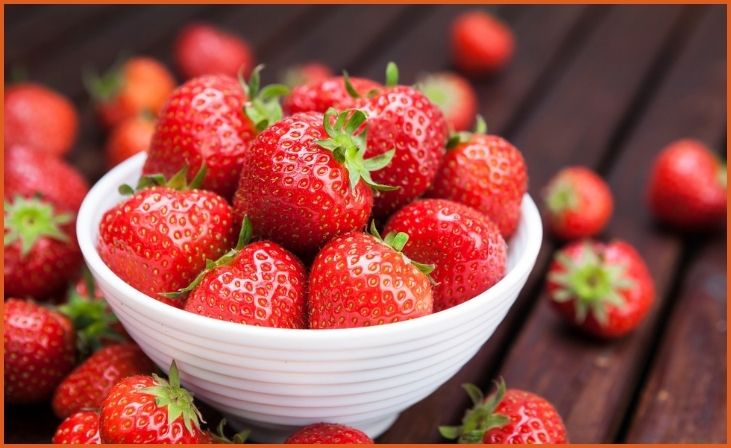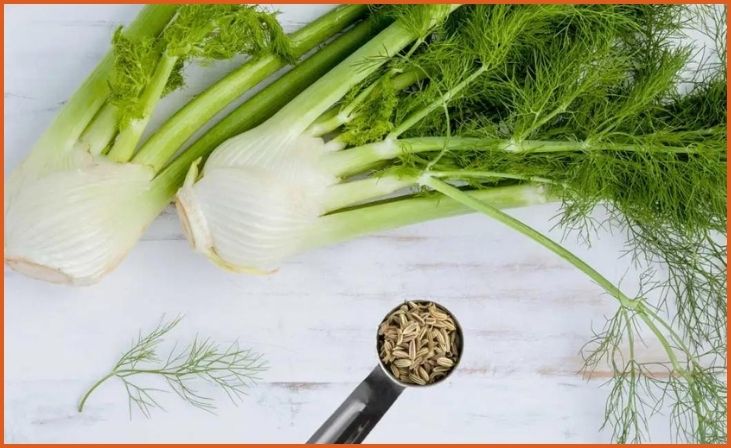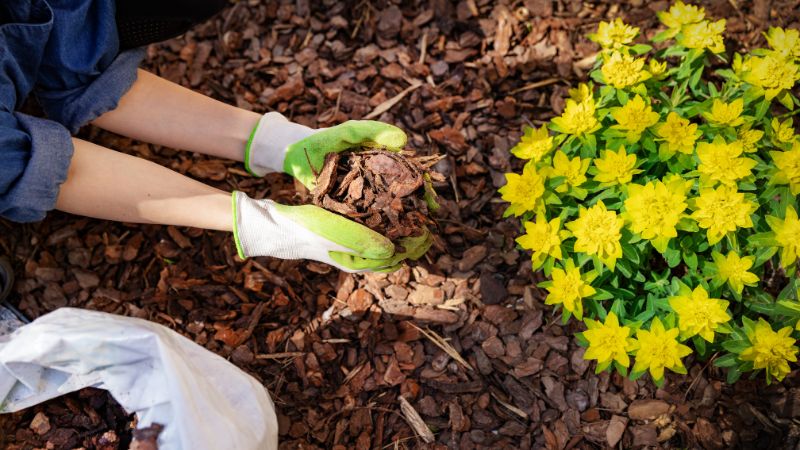Tomatoes are a popular garden staple, but they don’t thrive alongside every plant. Some companions can hinder their growth or attract pests and diseases. Here are 9 Companion Plants You Should Never Grow With Tomatoes to ensure a healthy, productive garden.
Strawberries

Both strawberries and tomatoes are susceptible to verticillium wilt, a dangerous fungal disease that can devastate your plants. Planting them together increases the risk of infection spreading between them. It’s essential to maintain good spacing and consider using raised beds to minimize the risk of soil-borne disease transmission.
Corn
Corn and tomatoes share several common pests, such as the corn earworm and tomato fruit worm. Additionally, corn can cast too much shade over tomatoes, which need full sunlight to thrive. To prevent shading issues, plant taller crops like corn to the north of your tomatoes.
Dill
Although dill can help repel aphids and hornworms from tomato plants, mature dill can stunt tomato growth. To balance the benefits of dill without harming your tomatoes, plant dill strategically around young tomato plants but relocate it as the dill matures.
Fennel

Fennel is known for secreting substances from its roots that can stunt the growth of neighboring plants, including tomatoes. To avoid this problem, keep fennel far from your tomatoes or grow fennel in containers to prevent root interference.
Cauliflower
Cauliflower and tomatoes are both nutrient-demanding plants, leading to competition for essential soil nutrients if planted together. This competition can deplete the soil and result in poor yields for both crops. Rotate your planting locations annually and enrich the soil with organic matter to support their growth.
Broccoli
Like cauliflower, broccoli competes with tomatoes for nutrients, particularly calcium, which can lead to deficiencies. To mitigate this, provide ample spacing between the two crops and consider intercropping with plants that have different nutrient requirements to balance the soil.
Potatoes

Both potatoes and tomatoes belong to the nightshade family, which means they compete for similar nutrients and are vulnerable to the same pests and diseases. Avoid planting them near each other, and practice crop rotation to prevent soil exhaustion and disease buildup.
Cucumbers
While some gardeners recommend planting cucumbers with tomatoes, this pairing can lead to issues. Cucumbers and tomatoes share disease vulnerabilities, and cucumber vines can create dense growth that hinders air circulation, making both plants more susceptible to fungal infections.
Kohlrabi
Kohlrabi competes with tomatoes for nutrients, leading to potential nutrient depletion and reduced harvest yields when planted together. To avoid this, plan your crop rotations carefully and ensure tomatoes are not grown in areas recently occupied by nutrient-demanding plants like kohlrabi.



